Manchester City History- All about the Club
Manchester City Football Club, a professional football team from Manchester, England, participates in the Premier League, which is the top division of English football. Manchester City history began in 1880 when the club was named St. Mark’s (West Gorton) and later renamed Ardwick Association Football Club in 1887. Eventually, the club became known as Manchester City in 1894.
Since then, they have played their home games at various stadiums before settling at the Etihad Stadium in east Manchester in 2003. The team has donned sky-blue home shirts since the 1894 season.
Throughout Manchester City history, the club has achieved significant success, winning eight league titles, six FA Cups, eight League Cups, six FA Community Shields, and one European Cup Winners’ Cup. Although they have yet to win a UEFA Champions League title, they have qualified to play in the competition for twelve consecutive seasons and made it to the knockout stages for ten consecutive seasons by the 2022-23 campaign.
Manchester City History- All You Need to Know
We will do our best to cover as much as we can about the club regarding Manchester City badge history, Manchester City Champions League history, Manchester City kit history, Manchester City jersey history, Manchester City honors, Manchester City trophies history, Manchester City mascot history, Manchester City stadiums, Manchester City rivalries history, Manchester City managers history.
When it All Began, 1880s to 1920s
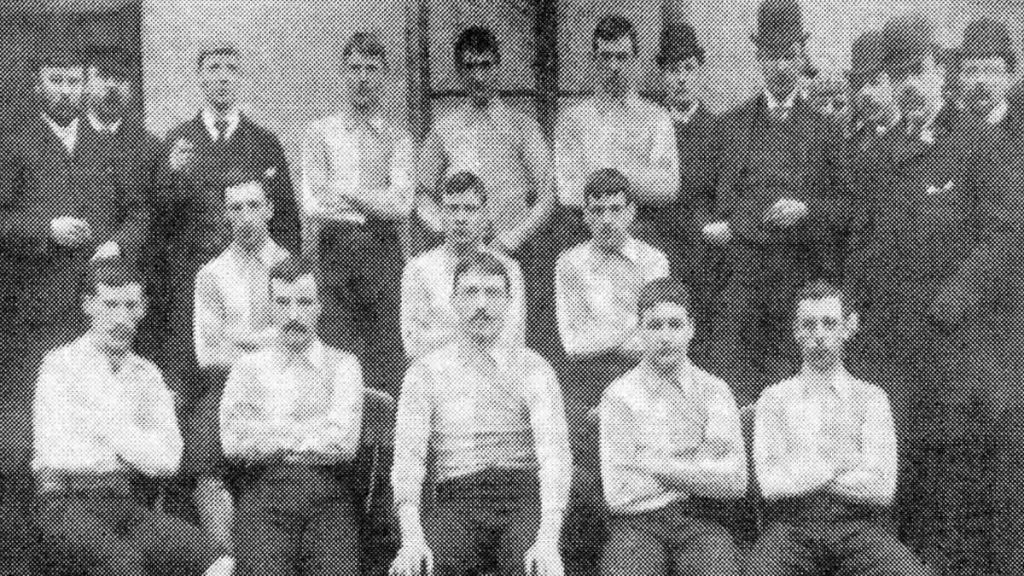
Manchester City history dates back to its founding in 1880 as St. Mark’s, an initiative led by Arthur Connell and his daughter Anna Connell. After being known as Gorton FC and Ardwick AFC for brief periods, the club restructured and changed its name to Manchester City in 1894 during a time of financial difficulties.
The name change, along with moving to the larger grounds of Hyde Road a few years later, led to Manchester City becoming the most popular club in the city, with a passionate fan base that supported them wherever they played. This growth in stature helped the club secure promotion to the First Division in 1899, a significant moment in Manchester City history.
Manchester City’s first major success came in 1899 when they won the Second Division, which earned them promotion to the top level of English football, the First Division. On April 23, 1904, the club achieved another milestone by winning the FA Cup, beating Bolton Wanderers 1-0 at Crystal Palace.
Although they finished as runners-up in the league campaign that season, missing out on a League and Cup double, they still became the first Manchester-based club to win a major honor. Following their FA Cup triumph, Manchester City faced allegations of financial impropriety, leading to the suspension of 17 players, including their captain Billy Meredith in 1906.
Meredith subsequently moved across town to Manchester United. The club faced further adversity when a fire destroyed the main stand at their Hyde Road stadium in 1920. In response, they moved to their newly constructed purpose-built stadium at Maine Road in Moss Side in 1923, marking another significant moment in Manchester City history.
Becoming Renowned, 1930s to 1960s
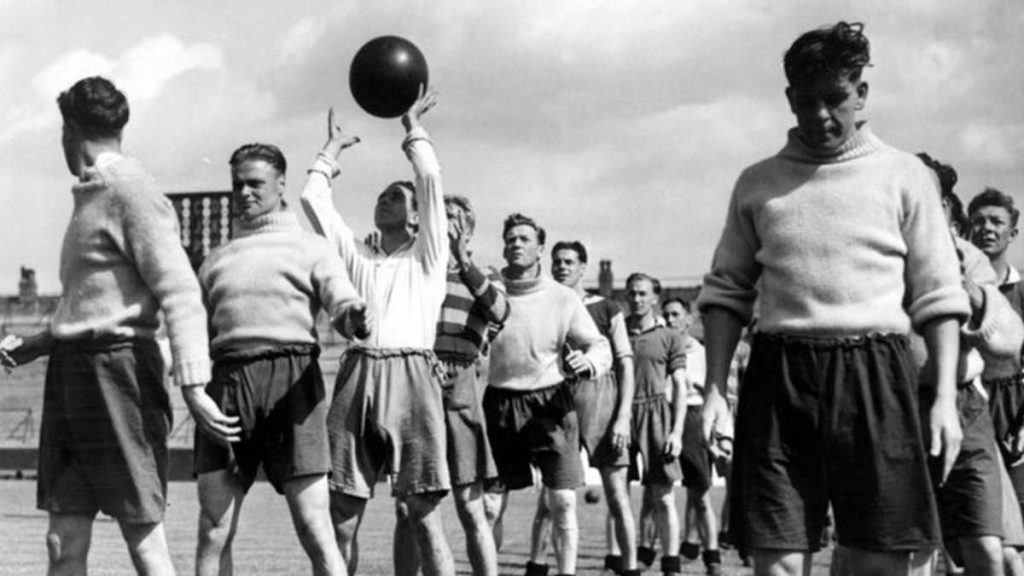
Manchester City made it to two FA Cup finals in a row during the 1930s, but they were defeated by Everton in 1933 before finally winning the Cup in 1934 by beating Portsmouth. During their 1934 Cup run, Manchester City set a record for the highest home attendance in English football history when 84,569 fans filled Maine Road for a sixth-round FA Cup tie against Stoke City.
This record remained unbeaten until 2016. Despite scoring more goals than any other team in the First Division, Manchester City were relegated the season after winning their first-ever league title in 1937.
Two decades later, in the 1950s, Manchester City, playing under the Revie Plan system, reached consecutive FA Cup finals once again, but they lost the first one to Newcastle United before winning the second against Birmingham City in 1956. In the latter game, City goalkeeper Bert Trautmann bravely continued to play even after unknowingly breaking his neck.
The Golden Era with Joe Mercer

After Manchester City was relegated to the Second Division in 1963, their prospects looked bleak, as they even broke a record-low home attendance of 8,015 against Swindon Town in January 1965. However, in the summer of 1965, the club appointed Joe Mercer and Malcolm Allison as their new management team.
Under Mercer’s guidance, Manchester City won the Second Division title in their first season and made key signings of Mike Summerbee and Colin Bell. Two seasons later, in 1967-68, they secured their second league championship by defeating their rivals Manchester United 4-3 on the final day of the season at Newcastle United, one of Manchester City honors.
The club went on to win more trophies, including the FA Cup in 1969 and the European Cup Winners’ Cup in 1970, by beating Gornik Zabrze 2-1 in the final. That same year, they also won the League Cup, becoming the second English team to win both a European trophy and a domestic trophy in the same season.
More Trophies Followed by a Long-lasting Decline, 1970 to 2000
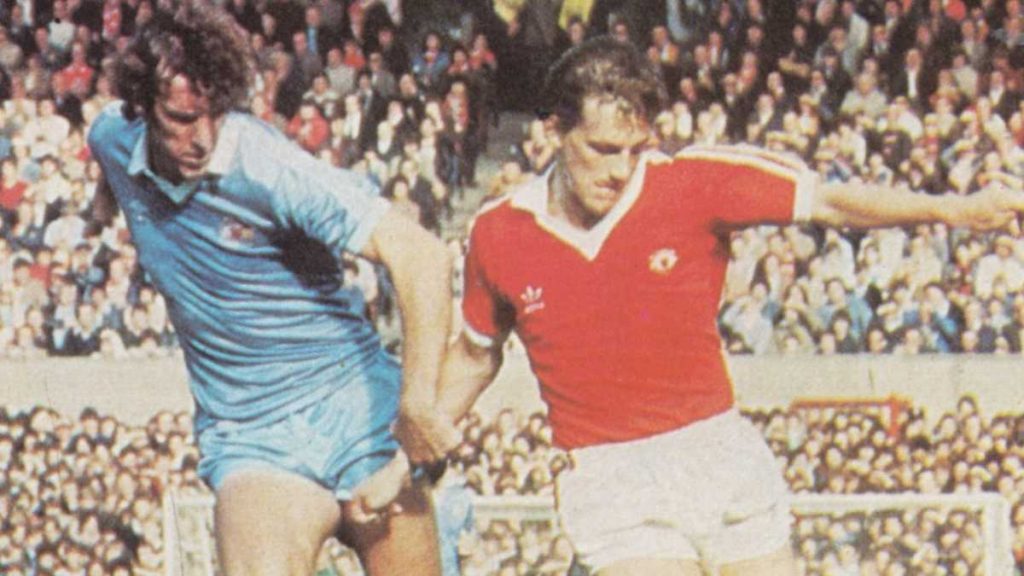
Manchester City maintained their competitive form during the 1970s, falling just one point short of winning the league twice and making it to the final of the 1974 League Cup.
A memorable match from this era was the last game of the 1973-74 season against Manchester United, where Denis Law’s backheel goal led City to a 1-0 victory at Old Trafford and caused their rivals to be relegated. In 1976, the club secured their last trophy of this successful period by defeating Newcastle United 2-1 in the League Cup final.
After enjoying a successful period in the 1960s and 1970s, Manchester City experienced a prolonged period of decline. In 1979, Malcolm Allison returned as manager but made costly mistakes with his signings, including Steve Daley. The team then went through a series of managers, with seven in the 1980s alone.
Although they reached the FA Cup final in 1981 under John Bond, they lost in a replay to Tottenham Hotspur. Manchester City was relegated twice from the top flight in the 1980s but managed to return to the top tier in 1989 and finished fifth in both 1991 and 1992 under the guidance of Peter Reid.
However, after Reid left the club, their fortunes took a turn for the worse. They co-founded the Premier League in 1992 but struggled for three seasons before being relegated in 1996.
After two seasons in Division One, Manchester City hit an all-time low, becoming only the second-ever European trophy winners to be relegated to their country’s third-tier league, following in the footsteps of Germany’s 1. FC Magdeburg.
Back to Success After 20 Years, 2000 to 2008
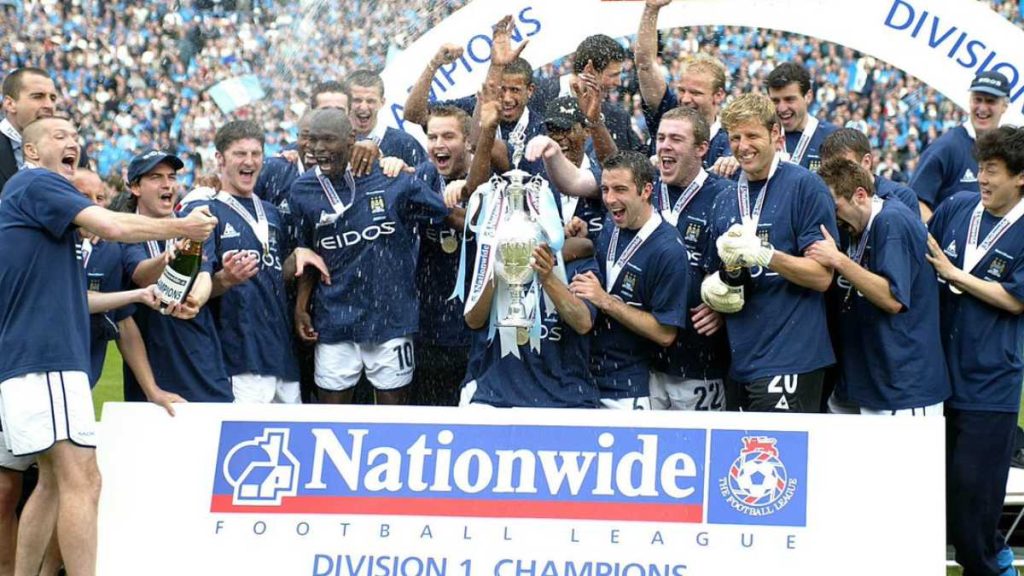
Following their relegation, Manchester City history saw significant changes off the field, with new chairman David Bernstein implementing stricter financial management. Joe Royle managed to bring City back to the top division after a dramatic Second Division play-off final win against Gillingham.
They were soon relegated again in 2001, but Kevin Keegan replaced Royle as manager and led the club to an immediate return to the top division as they won the 2001-02 First Division championship, breaking club records along the way.
In the 2002-03 season, City won their first derby against Manchester United in 13 years and also qualified for European competition for the first time in 25 years via UEFA fair play ranking. The club moved to the new City of Manchester Stadium in the 2003-04 season, and the first four seasons resulted in mid-table finishes.
Swedish manager Sven-Goran Eriksson became the club’s first foreign manager in 2007, but after a strong start, the team’s performance declined in the second half of the season, and he was sacked in June 2008 and replaced by Mark Hughes.
Winning the Premier League, 2008 to 2016

In 2008, Manchester City faced financial instability as Thaksin Shinawatra, who had acquired the club the previous year, saw his assets frozen due to political troubles. However, the club was soon purchased by the Abu Dhabi United Group in August 2008.
This led to a spending spree on high-profile players, including the signing of Robinho from Real Madrid for £32.5 million, breaking the British transfer record. Despite this, the team only finished in tenth place in the league, although they did reach the quarter-finals of the UEFA Cup.
The following year, the club spent over £100 million on players such as Gareth Barry, Roque Santa Cruz, Kolo Toure, Emmanuel Adebayor, Carlos Tevez, and Joleon Lescott.
In December 2009, Roberto Mancini replaced Mark Hughes as manager, and City finished the season in fifth place in the Premier League, narrowly missing out on a place in the Champions League but qualifying for the UEFA Europa League. Manchester City history was marked by financial ups and downs, but the Abu Dhabi United Group takeover brought a new era of spending and ambition to the club.
In 2011, City won their first major trophy in over 30 years, the FA Cup, and qualified for the Champions League for the first time since 1968. In the 2011-2012 season, City won their first Premier League title in 44 years with a thrilling last-minute victory over Queens Park Rangers.
The following season saw little progress, and manager Roberto Mancini was dismissed, with Manuel Pellegrini taking over. Under Pellegrini, City won the League Cup and regained the Premier League title in his first season. However, in Manchester City Champions League history, we can see that their league form waned in subsequent years, leading to Pellegrini’s departure after reaching the Champions League semi-finals.
Guardiola Era, 2016 to 2021
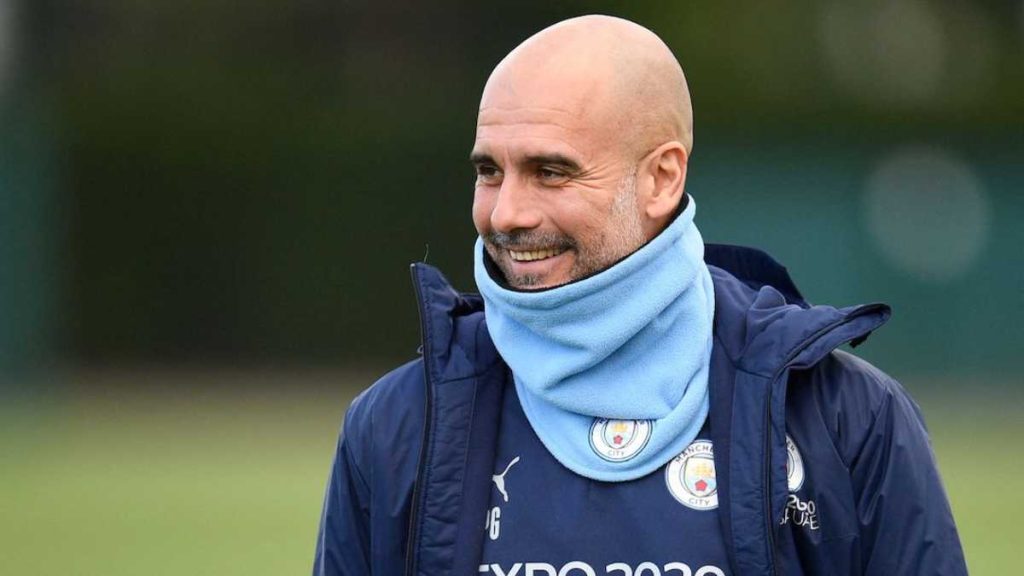
On February 1, 2016, Manchester City announced that Pep Guardiola, a former head coach of Barcelona and Bayern Munich, would become their new manager while Manuel Pellegrini still had a few months left in his term. Guardiola has remained in charge ever since.
During his tenure, Manchester City made history by winning the 2017-18 Premier League title with the highest points total in Manchester City history, as well as breaking several other club and English league records. They also won the League Cup that season, and Sergio Aguero became the club’s all-time leading goalscorer.
In the following season, Guardiola led Manchester City to successfully defend their Premier League and League Cup titles, marking the first time in history that City had completed a successful title defense. They went on to win the FA Cup final and achieve an unprecedented domestic treble of English men’s titles.
In 2020, Manchester City was banned from European competitions for two seasons due to alleged breaches of the UEFA Financial Fair Play Regulations. However, the Court of Arbitration for Sport overturned the ban within months, citing the age of some allegations and the lack of evidence for others. The CAS also reduced UEFA’s fine from €30 million to €10 million.
Manchester City’s participation in the proposed European Super League as one of its twelve founder members in April 2021 led to widespread condemnation from football authorities and the UK government. However, within 48 hours of the announcement, Manchester City withdrew from the Super League, followed shortly by the other five English clubs.
In the COVID-19-affected 2020-21 Premier League season, Manchester City regained their title from Liverpool, becoming champions for the third time in four years. They also won the League Cup for a record-equalling fourth consecutive time and eighth time in total.
Multiple Allegations to Deal with, 2021 to Present

According to a report by Der Spiegel in April 2022, leaked documents indicated that Manchester City’s owners had made payments to the club under the guise of sponsorship payments from Emirati companies, including Etihad and Etisalat.
The report also alleged that the Abu Dhabi United Group had indirectly paid underage players to join the club and that City had used a fake contract to pay compensation fees to former manager Roberto Mancini. Manchester City denied these claims, dismissing them as an attempt to tarnish the club’s reputation.
Despite the controversy, Manchester City won their fourth league title in five years during the 2021-2022 season but had to come back from two-goal deficits in their final two games to secure it. They also reached the Champions League semi-finals for the third time but lost to Real Madrid.
However, in February 2023, the Premier League charged Manchester City with more than 100 financial rule breaches between 2009 and 2018 and accused the club of not cooperating with the investigation. The club could face fines, points deductions, or expulsion from the league as a result.
Manchester City Jersey

In Manchester City kit history, their traditional home colors are sky blue and white, but the origins of these colors are not entirely clear. The club has worn blue since at least 1892 and possibly even earlier.
However, it’s worth noting that a booklet published in the 1940s suggests that the team initially played in scarlet and black, while reports dating back to 1884 describe the players wearing black jerseys with a white cross, indicating the club’s church origins.
While Manchester City’s away colors have typically been either maroon or red and black since the 1960s, the club has experimented with various colors in recent years. The infrequent use of red and black away colors comes from a belief held by former assistant manager Malcolm Allison that adopting the colors of AC Milan would inspire City to glory.
Allison’s theory proved successful when City won the 1969 FA Cup final, 1970 League Cup final, and 1970 Cup Winners’ Cup final while wearing red and black stripes as opposed to their traditional sky blue home kit. This is just one example of the interesting and varied Manchester City history regarding their kit colors over the years.
The Club’s Emblem

Manchester City history has seen various badges throughout the years. Before their current badge, which was introduced in 2016, they had three other badges. The first one, introduced in 1970, was circular and had the same shield as the present badge with a ship based on the City of Manchester coat of arms inside a circle with the club’s name.
In 1972, the badge was altered to include the red rose of Lancashire. In 1976, the English Football League granted City a heraldic badge, which had a circular design with a ship and a red rose, an interesting fact in Manchester City badge history.
Manchester City used to wear shirts with the City of Manchester coat of arms when they played in a major cup final to show pride in representing the city. However, they have since stopped doing this.
In 1997, Manchester City adopted a new badge based on the city of Manchester’s arms, which featured a shield with a golden eagle and a ship on its upper half representing the Manchester Ship Canal, and three diagonal stripes in the lower half symbolizing the city’s three rivers.
After facing criticism from fans over the design of the 1997 badge, the club announced a fan consultation in October 2015 to consider discontinuing the current badge and creating a new one. On December 26, 2015, Manchester City unveiled their new badge at their home match against Sunderland.
The Club’s Stadiums
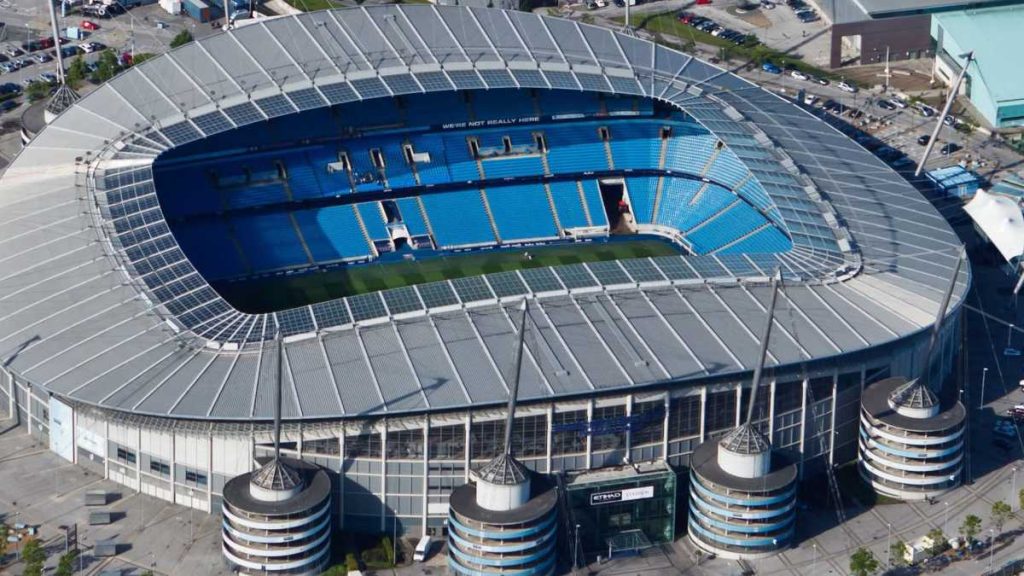
Manchester City Council leased the City of Manchester Stadium, located in east Manchester, to Manchester City for a period of 200 years, and it has been the club’s home ground since the end of the 2002-2003 season.
Before the move, the club invested over £30 million to renovate the stadium, which included lowering the pitch, adding an extra tier of seating around it, and constructing a new North Stand. The first match played at the stadium was a friendly against Barcelona, which ended in a 2-1 win for Manchester City.
The stadium’s capacity was increased to 55,097 for the 2015-2016 football season with the addition of a 7,000-seat third tier on the South Stand, and the development of a North Stand third tier is underway, which could further increase the capacity to approximately 61,000.
Manchester City played home matches at five different stadiums from 1880 to 1887 before settling at Hyde Road Football Stadium, where they played for 36 years. Following a fire that destroyed the Main stand in 1920, the club moved to Maine Road, which had a capacity of 84,000 and was nicknamed the “Wembley of the North”.
Maine Road hosted a record crowd of 84,569 during an FA Cup tie against Stoke City on March 3, 1934. Although Maine Road was redeveloped several times, its capacity was limited to 32,000 by 1995, which prompted Manchester City to search for a new home ground.
This led to the move to the City of Manchester Stadium in 2003, which was subsequently renamed the Etihad Stadium in 2011.
Manchester City Competitors
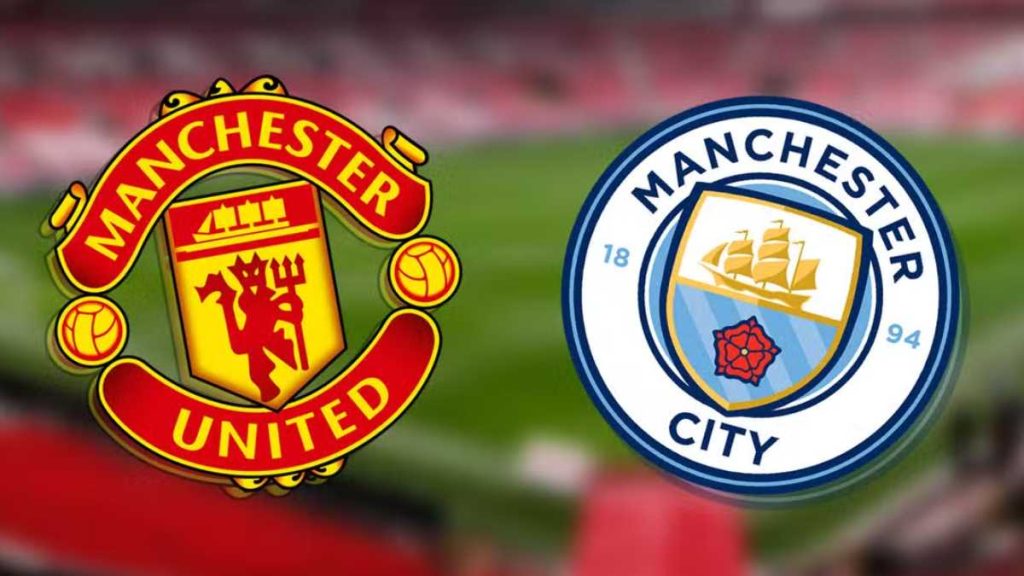
Regarding Manchester City rivalries history, you must know that their main rivalry is with their neighbors Manchester United, with whom they play the Manchester derby. In the past, many football fans from Manchester would watch both teams play, regardless of which team they supported.
However, as traveling to away games became easier, watching both teams became less common, and the rivalry between the two clubs intensified. There is a stereotype that City fans come from Manchester while United fans come from elsewhere, but a report found that while a higher percentage of City season ticket holders came from Manchester postcode areas, United had more season ticket holders overall.
In recent years, Manchester City has also developed a rivalry with Liverpool, with the two clubs involved in a close title race in the 2013-14 season.
The two clubs also met in the 2015-16 League Cup final, which City won on penalties, and in the 2017-18 Champions League quarter-finals, which Liverpool won. The rivalry between the two teams’ managers, Pep Guardiola and Jurgen Klopp, has also developed.
Manchester City Fan Base

The club’s average attendance at the City of Manchester Stadium has been consistently in the top six in England, usually exceeding 40,000. Even during the late 1990s, when City was relegated twice and playing in the third tier of English football, home attendances were still around 30,000.
Manchester City’s research estimated a fanbase of over 2 million worldwide, with 886,000 in the United Kingdom. The Manchester City FC Supporters Club is the club’s officially recognized supporters club, formed in 2010 by merging two existing organizations. City fans are known for their enthusiastic rendition of “Blue Moon,” which they sing despite its melancholic theme.
They also label unexpected results as “typical City,” which includes examples such as the club being relegated while reigning English champions in 1938, being the only team to score and concede over 100 goals in the same season in 1957-1958, and beating Chelsea during the latter’s record-breaking 2004-2005 Premier League season, yet being knocked out of the FA Cup by Oldham Athletic, a team two divisions lower.
In the late 1980s, City fans started a trend of bringing inflatable objects to matches, with oversized bananas being the most popular. They adopted an exuberant dance called The Poznan from fans of the Polish club Lech Poznan in 2010.
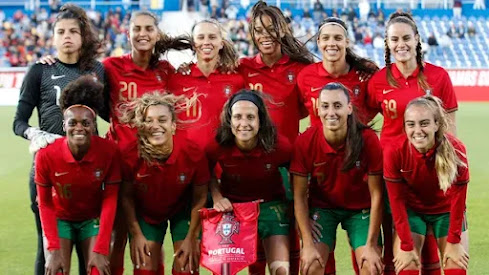

Comments
Post a Comment